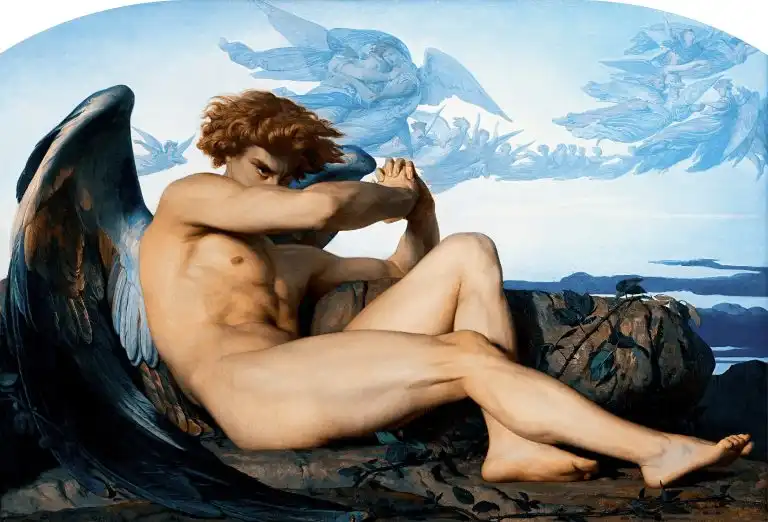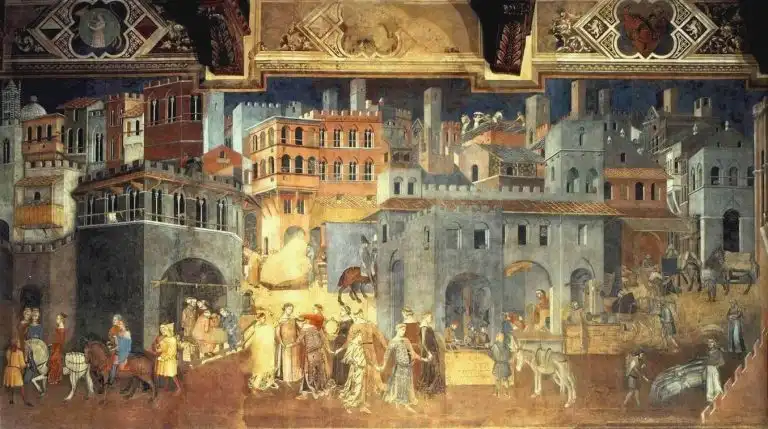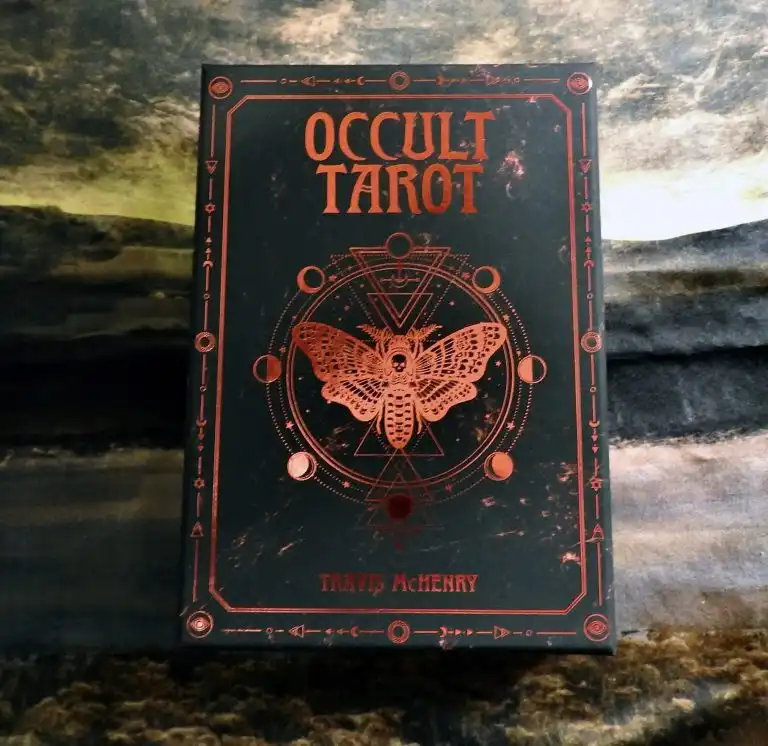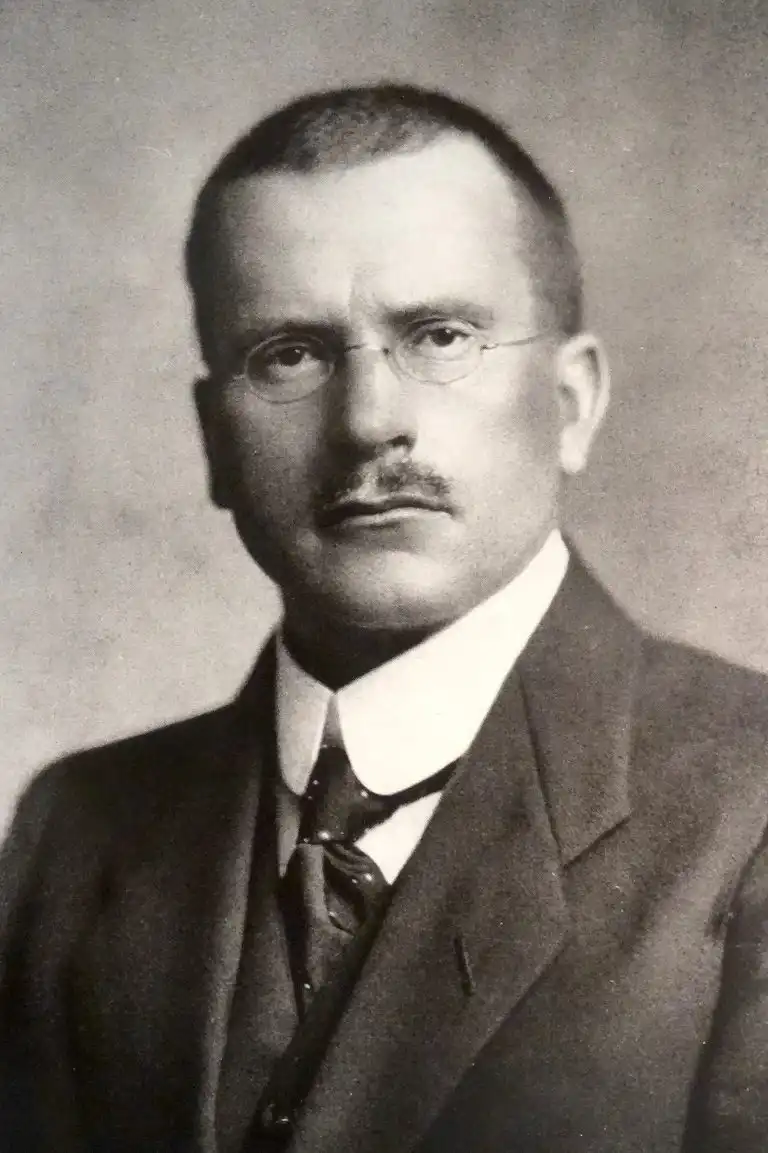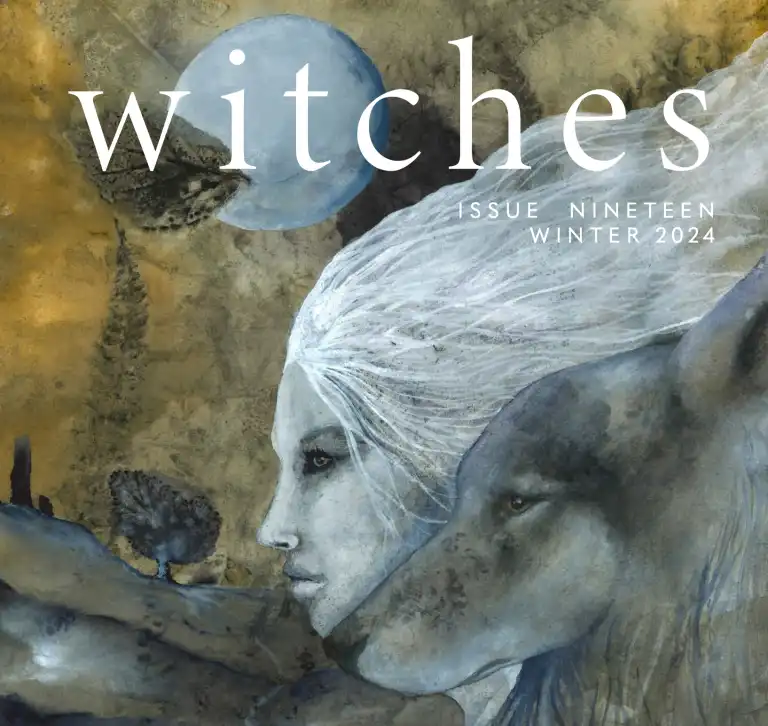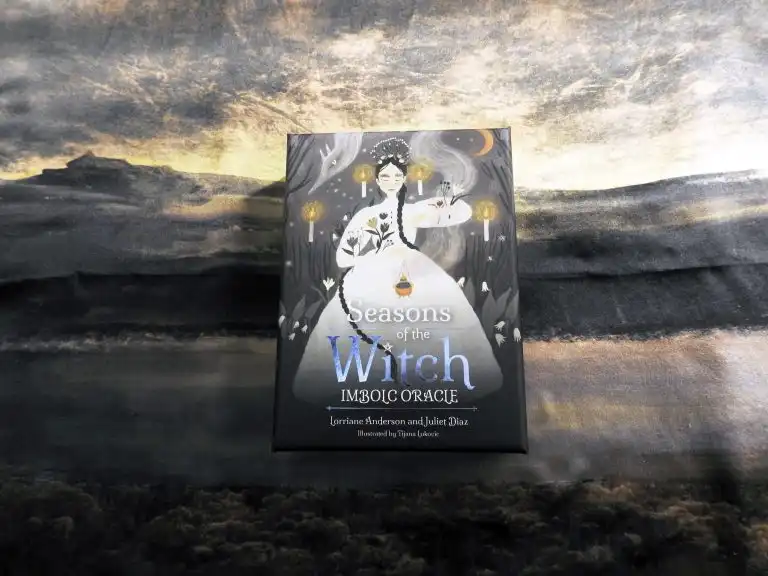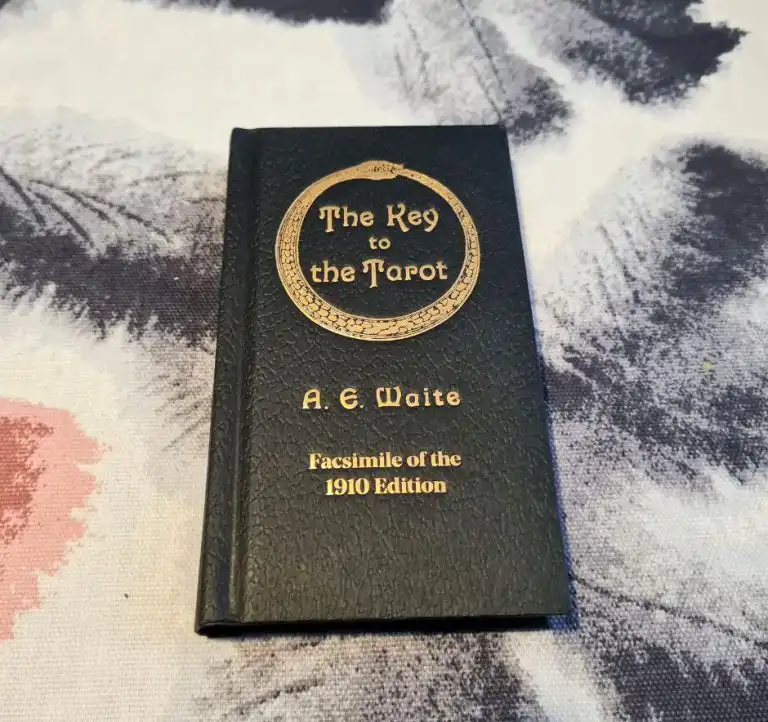
The Key to the Tarot: Discovering Valuable Insights and Lessons
I recently purchased The Tarot of A. E. Waite and P. Colman Smith, which includes a deck of Waite Smith Tarot cards, a facsimile edition of The Key to the Tarot, and an illustrated book. A. E. Waite's book, The Key to the Tarot, is considered one of the most authoritative works on the Tarot. It provides background information on the cards and tells you how they could be used. The book is a valuable resource for Tarot enthusiasts and can help deepen your understanding of Tarot and its mysteries.

